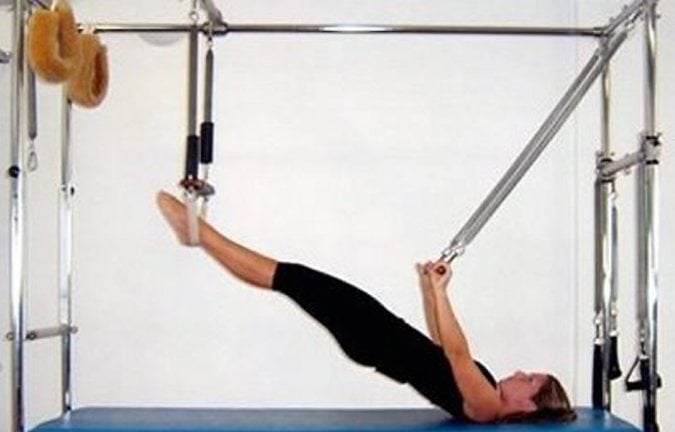Pilates versus Yoga
image credit: http://1.bp.blogspot.com/

Pilates and yoga are wonderful forms of exercise, and like any workout, you need concentration, consistent practice, and awareness, in order to enjoy the benefits.
Both are great at toning muscles, and getting rid of belly fat. There are mental and physical aspects, which is why there is some confusion. We will explore the differences between the two in this article.
Origins
Yoga started in India a few thousand years ago. Over the centuries, it evolved and developed multiple styles (hatha, power yoga etc). Pilates, on the other hand, started in the mid 1950s. It was developed by a German athlete, Joseph Pilates, in America, as a form of rehabilitation and strengthening the core and the spine.
Awareness And Mediation
Yoga and Pilates engage you mentally, but in very different ways. Yoga was originally a discipline designed to achieve unity between mind, body, and spirit. This spiritual dimension is not emphasized so much today, but yoga still teaches you to quiet your mind, and enter a meditative state. This has multiple benefits, as it is mentally calming and will help you focus.
Pilates is more a rehabilitative and exercise program, used specifically to correct muscle imbalances in the body, and strengthen core muscles. The mental aspect of Pilates is more akin to body awareness, to know how your posture when you stand, sit etc. It does not emphasize on meditation in any way.
Breathing Techniques
Breathing is an important component in both disciplines. Yoga focuses on breathing in and out through the nose. This is for two reasons - to raise the body “heat”; and produce an audible sound “om” or “hum” that aids meditation.
Pilates, alternatively, teaches students to breathe in through the nose, and out through the mouth. This is designed to contract and work the abdominal and core muscles, and empty your diaphragm.
The Class
Many yoga classes are very flexible. Postures, poses and sequences can be varied into any number of combinations. It really comes down to the kind of yoga you practice, and your teacher, more than anything else. The accessories are another factor. A yoga class will typically use hard foam blocks, adjustable straps, a towel and a yoga mat.
Pilates classes are more structured. You will more likely follow a fixed routine, and you will need to use a special machine (such as the reformer). Pilates classes are typically a little more costly, as a result.
The Workout
You will gain strength and flexibility with both exercises. But Pilates exercises will always emphasize on strengthening the core and aligning the spine correctly.
Yoga, however, is a more well-rounded, total body workout. For example, when you do a posture, stretch, or pose, they will always be a counter posture to “balance” things out. Most yoga sequences will work on all major muscle groups, and improve your balance. While you will definitely work and strengthen your core and abdomen, yoga sees it as one piece of the puzzle.
To receive the latest updates on the happenings in the Singapore sports scene, or to find out more about some of the latest programmes on offer at ActiveSG, like our Facebook page here.




